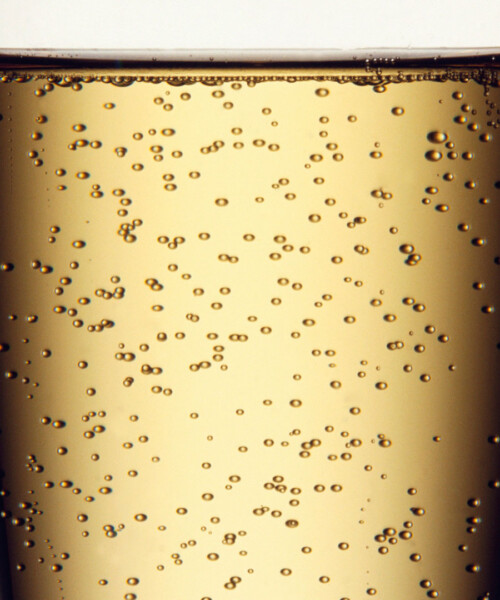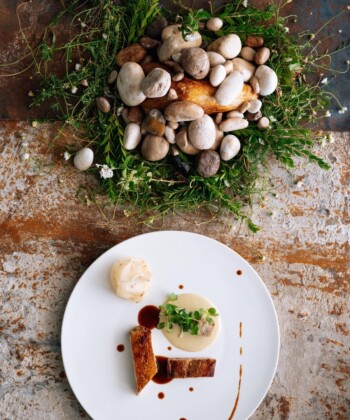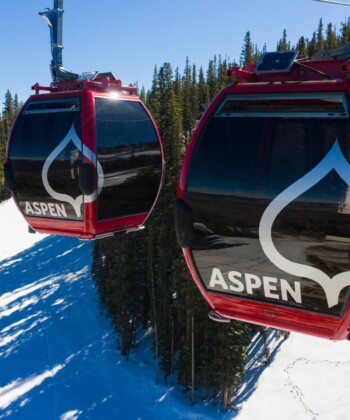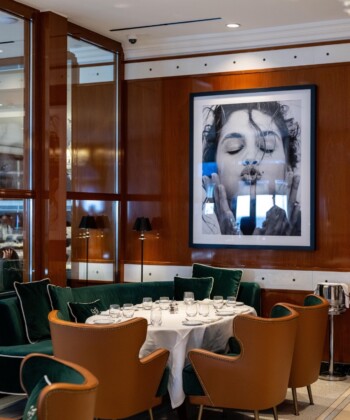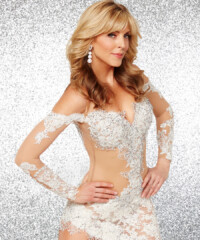Perhaps no one in the world is more knowledgeable on the subject of champagne than Richard Juhlin, a Swedish bubbly fanatic who’s sampled an estimated 8,000 different bottles. And besides holding an actual world record for most champagne tasted, the expert is released a 400-page hardcover book to share his knowledge with the masses. The ulitmate guide A Scent of Champagne (Skyhorse) covers subjects suited for beginners (an explanation of grape varieties, how to read a label and bottle selection, for instance) to aficionados (vintage guides by year and background on producers and vintners).
We sat down with Juhlin for an education on all things bubbly. Here, we’ve summarized his most helpful tips.
Glassware
Contrary to popular belief, the flute is among the worst vessels for serving champagne. Originally developed in the 1500s—before disgorging was available—the shape allowed for sediment to collect at the bottom of the glass. But the narrow surface area doesn’t allow for champagne aromas to be properly released, and the martini-style champagne “coupes” that rose to popularity years later, well, “Those are the worst types,” Juhlin cautions. “The problem is that they’re very wide, so all the bubbles disappear very fast, and you can’t catch the aromas with your nose because they disappear as well.”
Instead, the best glasses actually look more like wine glasses. “The key factor for a good glass is that they’re bigger at the base than people normally think, and smaller at the top.”
Focus
“If you go to a movie or an opera, you turn off your cellphone, and you give it your full focus for two hours—even if you don’t like the producer of the film or the actors!” says Juhlin. “Champagne really deserves your full attention as well. Most of the time you’re just clinking glasses and saying ‘Cheers!’ Bu the absolute most important thing is to concentrate for a minute or two minutes when tasting it.”
Tasting
First, Juhlin suggests spinning the glass, then smelling the champagne. “Try to find the words to describe what you’re smelling, but don’t discuss it with other people right away. Form the opinion for yourself first.”
Next, taste it. “It’s very common for people to drink too small of a mouthful because they think it’s such a delicate thing. But in order to get the full picture you really need to fill the mouth and keep it in there for 10 seconds or so. There are so many small details hidden inside the champagne, you’ll miss if you don’t take a large enough sip.”
Juhlin recommends swallowing in two or three gulps, then waiting for the after taste. “Describe it in your own head initially. Then discuss it amongst your friends,” he says.
Temperature
One of the most common champagne offenses? Serving it too cold. “When champagne is too cold you don’t taste anything, because the aromas disappear,” says Juhlin. He advises opening a bottle straight out of the fridge, and then let it sit in your glass for five to ten minutes before drinking.
Storage
Bottles should always be stored lying down at just below room temperature, advises Juhlin. “You don’t need to have it freezing cold because if you do, it ages extremely slow. The temperatures in champagne cellars are typically 50 degrees Fahrenheit. A higher temperature is fine if you’re planning to drink the bottle very soon, but if you want to keep it longer, you should lower the temperature a bit.”
Buzz
The champagne buzz—it really exists. “It’s a combination of two things,” Juhlin explains. “One is the physiological part. The carbon dioxide moves the alcohol more quickly into your veins, resulting in a faster buzz than regular wine. Second is the psychological factor: As soon as your hear the popping sound of a cork, it’s impossible not to feel good!”
Pairing
When it comes to pairing champagne with food, most people strictly treat it as an aperitif—something to be enjoyed as a starter—and then move on to other wine. But from working with top chefs, Juhlin has found that champagne can be beautifully paired with food, and enjoyed during the course of an entire meal. “All salads, all fish courses, every shell fish, mushrooms, egg, creamy dishes, creamy sauces, buttery courses, lighter meats—like game, chicken, pheasant—are absolutely splendid with champagne,” he says.
Pairings to avoid? Juhlin advises against anything heavily spiced, like Indian food. Also: dessert. “I’d never drink it with a dessert, because sweetness is the biggest enemy of champagne. All great champagnes are dry, but they get too acidic and too bitter when you have the sweetness of something else.”


























